As we may know, var keyword defines a variable globally, or locally to an entire function regardless of block scope. So the below code will log 5 times with the same value.
for(var i = 0; i < 5; i++){
setTimeout(() => console.log(i), 2000);
}
To visualize the above JS runtime like this
 As you can see, 5 tasks in Callback Queue will wait until Call stack is empty. So after the synchronous loop is done - It means Call stack is empty in my case, then 5 scheduled tasks -
As you can see, 5 tasks in Callback Queue will wait until Call stack is empty. So after the synchronous loop is done - It means Call stack is empty in my case, then 5 scheduled tasks - console.log(i) with the value of i is equal to 5 will be executed. You can play around here
And what I want is to log right after i == 2. It works as I expected.
var sleep = (ms) => new Promise(resolve => setTimeout(() => resolve(1), ms));
async function runAsync(){
for(var i = 0; i < 5; i++){
if(i == 2) await sleep(2000);
setTimeout(() => console.log(i));
}
}
runAsync();But I'm curious how it works while I'm not sure the call stack is empty? Whether when I'm using await, allowing the caller of the async function to resume execution, or some else?
Any explanation/visualization of image flow would be appreciated. Thanks.